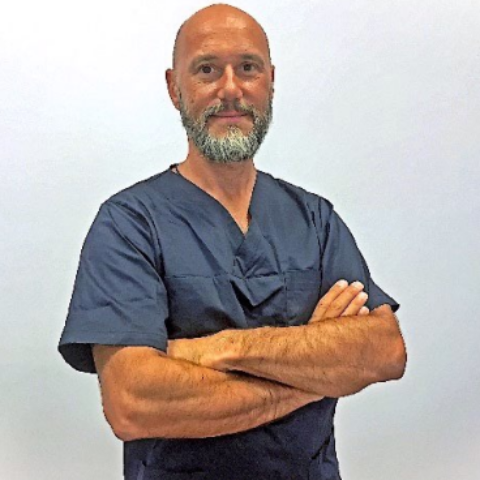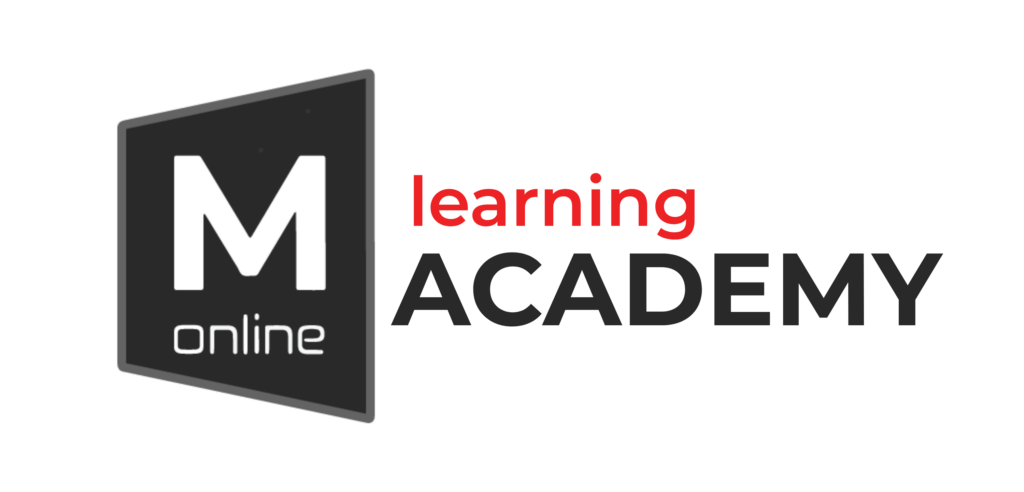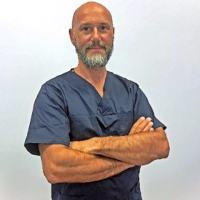The Autonomic Nervous System in Osteopathy: Understanding Local and Systemic Relations for Promoting Health and Wellbeing
Introduction
The biokinetic and biodynamic forces that maintain homeostasis, allostasis, and life are primarily regulated by two major systems: the Autonomic Nervous System and the neuroendocrine system. These systems work together to enable the organism to adapt to both internal and external stimuli, with the balance between the two having a significant impact on the immune system. Understanding the interplay between these three systems is crucial for promoting self-healing and preventing illness.
This course is designed to provide a comprehensive understanding of osteopathic dysfunctions at the level of the Autonomic Nervous System and their relationship to organ and function. The ability to assess and treat Autonomic Nervous System dysfunctions is essential for achieving functional and energetic balance in the human body, making it a crucial skill for healthcare professionals.
Throughout the course, you will learn practical techniques for evaluating and treating Autonomic Nervous System dystonia at both a systemic and organic level, including basic tests and rebalancing techniques for hypo- or hyper-autonomic function in its para- and sympathetic components. By the end of this course, you will have gained the knowledge and skills necessary to effectively rebalance the Autonomic Nervous System and promote overall health and wellbeing.
- Anatomical references of the Autonomic Nervous System: Participants will learn about the anatomical structures that make up the Autonomic Nervous System and how they relate to osteopathic practice.
- Physiology of the sympathetic- and parasympathetic system and relationships with the neuroendocrine system: The course will cover the functions of the sympathetic- and parasympathetic systems, their interplay with the neuroendocrine system, and how they impact the body’s overall balance.
- Signs and symptoms in Autonomic Nervous System dystonia with sympathetic and vagal hyper- and hypofunction: Participants will explore the signs and symptoms associated with neurovegetative dystonia, including both sympathetic and vagal hyper- and hypofunction.
- Osteopathic clinical evaluation tests of Autonomic Nervous System and relationship with the evaluation of Heart Rate Variability: The course will cover the clinical evaluation tests used to assess the Autonomic Nervous System and how they relate to the evaluation of Heart Rate Variability.
- Clinical evaluation of the patient’s Autonomic Nervous System: Participants will learn how to perform a clinical evaluation of a patient’s Autonomic Nervous System and interpret the results.
- Specific evaluation of organ visceromotricity and vasomotricity: The course will cover specific evaluation techniques for organ visceromotricity and vasomotricity, which are important for assessing the function of individual organ systems.
- Specific Autonomic Nervous System rebalancing techniques in case of hyper- or hypofunction on the different organic systems: Participants will learn specific osteopathic techniques for rebalancing the Autonomic Nervous System in cases of hyper- or hypofunction in different organ systems.
Learning objectives
- Understand the anatomical references of the Autonomic Nervous System and their relevance to osteopathic practice, including the structures and pathways involved in regulating homeostasis and allostasis.
- Identify the different components of the Autonomic Nervous System and their interplay with the neuroendocrine system, including the sympathetic and parasympathetic systems and their effects on various organ systems.
- Recognise the signs and symptoms of Autonomic Nervous System dystonia, including sympathetic and vagal hyper- and hypofunction, and understand how to evaluate these dysfunctions using osteopathic clinical evaluation tests and Heart Rate Variability analysis.
- Develop the skills to perform a comprehensive clinical evaluation of a patient’s Autonomic Nervous System, including the assessment of organ visceromotricity and vasomotricity.
- Acquire specific techniques for rebalancing the Autonomic Nervous System in cases of hyper- or hypofunction in different organ systems, using osteopathic manipulative treatment and other therapeutic interventions.
Roberto Pagliaro is a highly skilled osteopath and expert in the fields of physiotherapy, neuroscience, and psychoneuroendocrinoimmunology. With over 30 years of clinical experience, Roberto is an expert in his field, having trained with leading experts in France, the UK, and the US.
Roberto’s approach to osteopathy is unique, combining the latest insights from neuroscience and psychoneuroendocrinoimmunology to create a holistic approach to healing. He has developed his own techniques, which he teaches at postgraduate courses and universities across Europe and is a sought-after conference speaker and lecturer.
Apart from a DO in osteopathy, Roberto’s qualifications include a Doctorate in Physiotherapy, a master’s degree in meditation and neuroscience, and certification in multiple brain integration techniques and coaching. He is also a member of the Register of Osteopaths of Italy (ROI), the HeartMath Institute, and the Italian Society of Psychoneuroendocrinoimmunology.
As the CEO and scientific director of the Osteopathic College of Trieste from 2011-2022, Roberto is committed to advancing the field of osteopathy and helping patients achieve optimal health and wellness. Don’t miss your chance to learn from one of the leading experts in the field – enrol in one of Roberto’s courses today!
Roberto Pagliaro

Osteopaths and Osteopathy Students
Certificate of continuous professional development (CPD) issued by Medi-Cine Online Learning Academy
25
21 h
3 days - 1 Module



